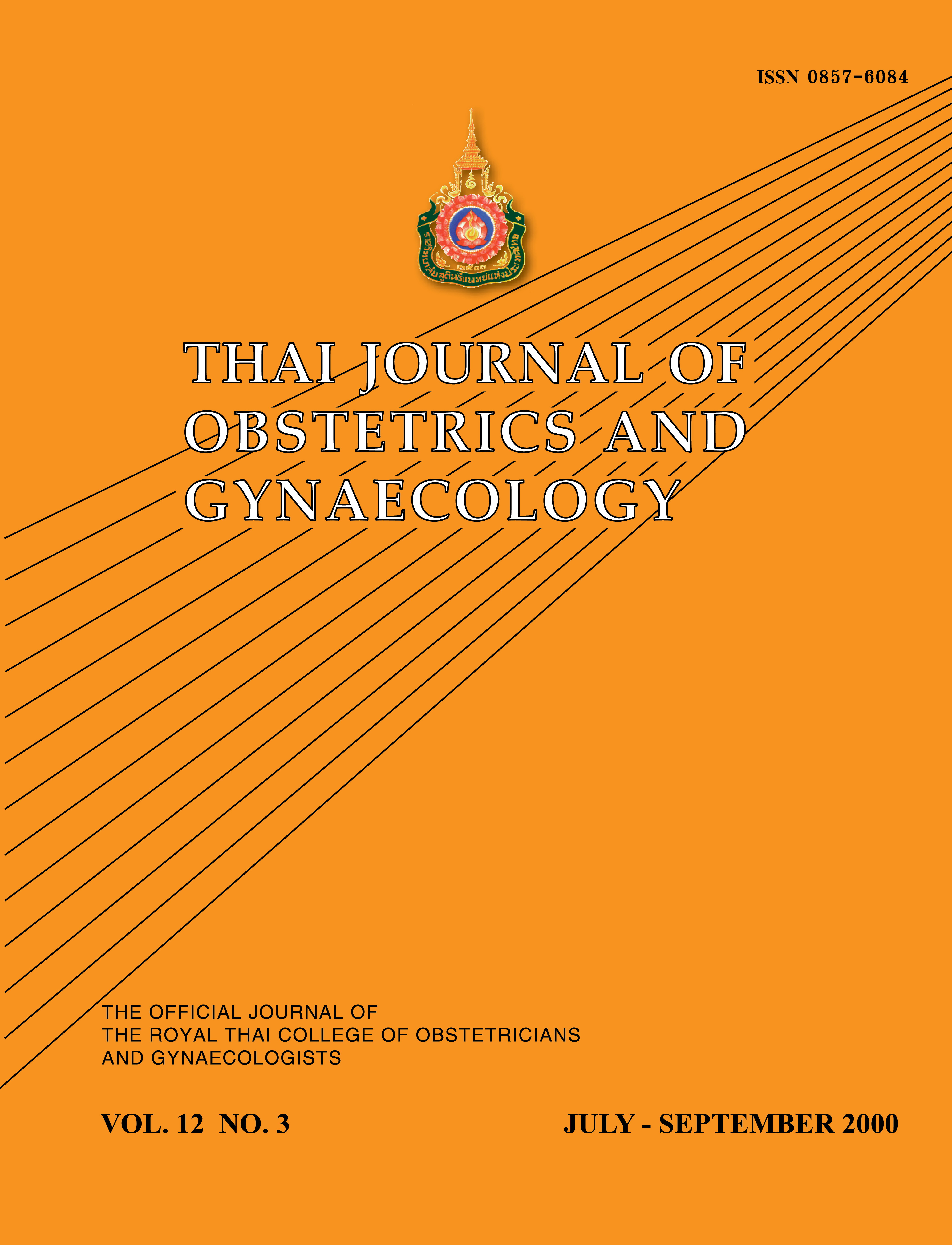Large Offspring Arising as A Result of Preimplantation Exposure of Mouse Embryos to Ammonium Chloride
Main Article Content
Abstract
Objectives To investigate the effects of preimplantation exposure of (F1 x F1) strain mouse embryos to 0.3mM ammonium chloride.
Study Methods Total of 484, one-cell stage mouse embryos were randomly allocated to culture in either mMTF medium or mMTF added with 0.3mM ammonium chloride for 3 days before being transferred to 2.5 day pseudopregnant recipients. Embryo morphology was assessed after 1, 2, and 3 day of culture. The number of implantation site, fetuses, moles and any gross abnormality found were noted.
Results Exposure of one-cell stage embryos to 0.3mM ammonium chloride resulted in significant decrease in number of embryos reaching morula stage after three days of culture (X2=5.36, P<0.05). The presence of ammonium chloride in culture medium also gave rise to significant increase in preimplantation pregnancy loss, weight of the fetuses and crown-rump lengths (X2=7.83, P<0.01; t=3.22, P<0.01; t=3.19, P<0.01, respectively).
Conclusions Preimplantation exposure of 1-cell stage mouse embryos to ammonium chloride interestingly resulted in abnormally large offspring as well as impaired implantation potential. Further study is required since these findings are clinically very important to human IVF practices.
Article Details

This work is licensed under a Creative Commons Attribution-NonCommercial-NoDerivatives 4.0 International License.


